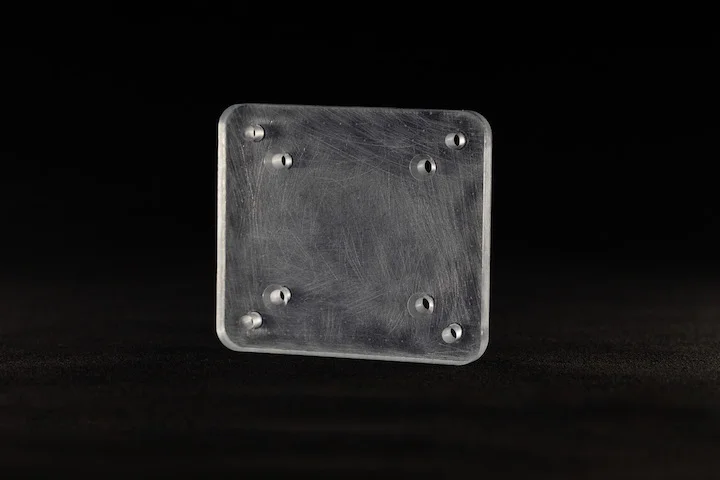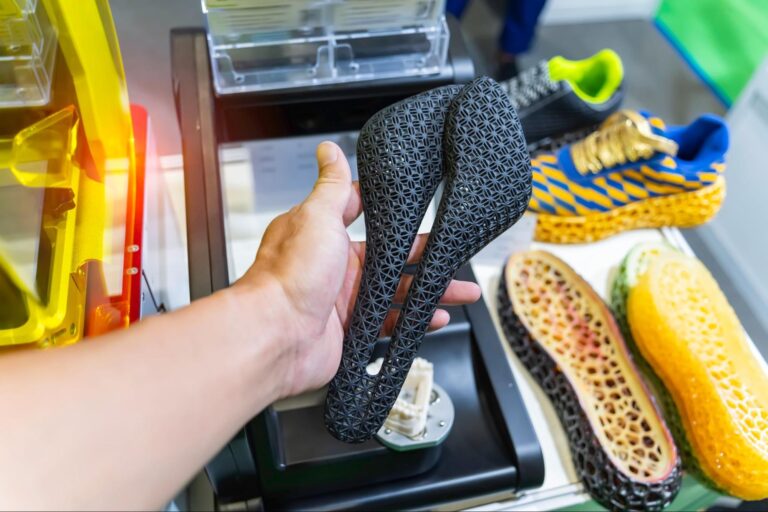“Somos WaterShed” is a specific photopolymer resin developed by DSM for use in stereolithography (SLA) 3D printing. WaterShed resin is known for its water-clear appearance and its ability to simulate the optical properties of clear plastics, making it suitable for various applications that require transparency. Some common applications of Somos WaterShed resin in 3D printing include:
Prototyping Transparent Parts: WaterShed is commonly used to produce transparent or translucent prototypes that closely resemble the final product’s optical properties. This is valuable for evaluating the visual aesthetics and functionality of a design before mass production.
Optical Prototypes: The material’s clarity and transparency make it suitable for creating prototypes of optical components like lenses, light guides, and display covers.
Medical Visualization: WaterShed resin is used to create anatomical models and medical prototypes that require a clear or translucent appearance, making it useful for educational and visualization purposes.
Lighting Components: The material’s optical properties make it ideal for producing light diffusers, lenses, and covers for LED lights and other lighting fixtures.
Consumer Electronics: WaterShed is used to create transparent or translucent components for consumer electronics, such as smartphone cases, tablet covers, and display panels.
Automotive Components: WaterShed resin can be used to create clear or translucent components for automotive applications, such as lenses for lights, indicators, and dashboard displays.
Packaging Design: Designers use WaterShed resin to create prototypes of clear or translucent packaging designs, allowing clients to visualize the final product’s appearance.
Art and Design: Artists and designers can utilize WaterShed to create sculptures, installations, and art pieces that incorporate transparent or translucent elements.
Educational Models: WaterShed is used to create transparent or translucent models for educational purposes, helping to explain concepts in various fields such as engineering, biology, chemistry, and physics.
Architectural Models: When creating architectural models, WaterShed can be used to produce transparent or translucent windows, facades, and other building components to demonstrate design concepts.
Custom Enclosures: WaterShed resin is used to create custom enclosures and housings that require optical clarity for visual inspection of internal components.
Visual Prototyping: When visual appearance is a critical factor, WaterShed resin helps produce prototypes that accurately represent the final product’s aesthetics.
Keep in mind that using WaterShed resin requires proper SLA 3D printing equipment and post-processing techniques. The material’s properties and limitations should be considered when selecting it for specific applications.









